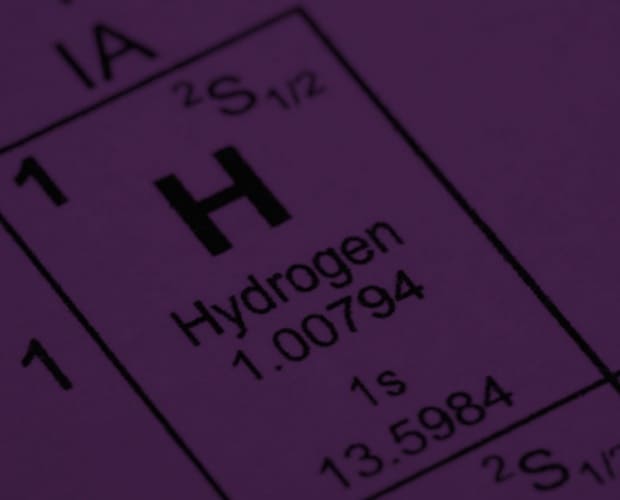Exeter electrode harvests hydrogen by splitting water with light
A team from Exeter University has made a significant hydrogen energy breakthrough, developing an electrode that splits water using only light.

The photo-electrode, made from nanoparticles of lanthanum, iron and oxygen, absorbs light before initialising electrochemical transformations to extract the hydrogen from water (H20). According to the Exeter team, the LaFeO3 device is not only cheap to produce but can also be recreated on a larger scale for mass use. Hydrogen energy produced using the photo-electrode would be free from carbon emissions and virtually limitless. The work is published in the journal Scientific Reports.
"We have shown that our LaFeO3 photo-electrode has ideal band alignments needed to split water into its constituents (H2 and O2) spontaneously, without the need of an external bias,” said lead author Govinder Pawar, who works at the university’s Environment and Sustainability Institute in Cornwall.
Register now to continue reading
Thanks for visiting The Engineer. You’ve now reached your monthly limit of news stories. Register for free to unlock unlimited access to all of our news coverage, as well as premium content including opinion, in-depth features and special reports.
Benefits of registering
-
In-depth insights and coverage of key emerging trends
-
Unrestricted access to special reports throughout the year
-
Daily technology news delivered straight to your inbox











Water Sector Talent Exodus Could Cripple The Sector
Maybe if things are essential for the running of a country and we want to pay a fair price we should be running these utilities on a not for profit...